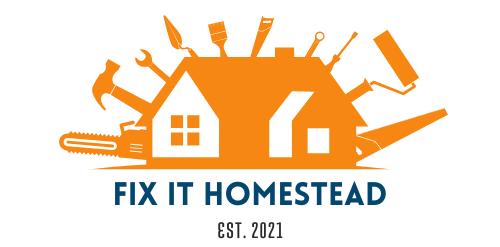10 Weeds That Mean Bigger Problems Are Coming
When weeds start popping up, it’s easy to treat them like a surface issue—pull them, spray them, and move on. But certain weeds are more than just eyesores. They can tell you a lot about what’s happening under the surface. Some mean your soil is out of balance. Others hint at poor drainage or compacted ground.
If you’re paying attention, these weeds can serve as a warning sign—showing you where the real problems are starting before they get worse.
Nutsedge

If you’re seeing nutsedge in your yard, there’s a good chance your soil stays too wet. This weed thrives in poorly drained areas and spreads fast through underground tubers, which makes it hard to get rid of. Even pulling it won’t stop it unless you get every piece of the root system.
Nutsedge is stubborn and usually points to a drainage issue. You’ll need to correct the moisture levels in your soil or it’s going to keep coming back—and bringing more problems with it.
Dandelion

Dandelions might seem harmless, but a yard full of them is a clue your soil is compacted or lacking nutrients. Their deep taproots dig into hard ground, which helps them thrive in poor conditions. If they’re taking over, your grass is likely struggling.
They love neglected soil and open spaces. Aerating and improving your lawn’s health can help crowd them out over time. Ignoring them could lead to more aggressive weeds moving in later.
Ground Ivy (Creeping Charlie)

Ground ivy loves moist, shady spots with poor air circulation. If it’s creeping across your lawn, it’s likely a sign your grass isn’t thriving and your soil is too wet or compacted. It spreads by runners and roots fast.
This weed is tough to pull and harder to keep down if conditions don’t change. You’ll need to address the underlying moisture issue and improve airflow or shade to make any real progress.
Purslane

Purslane tends to grow in dry, compacted soil with little organic matter. If you spot it in your garden beds or gravel paths, it’s a sign your soil might be low on nutrients and getting baked in the sun.
It also drops tons of seeds that can survive for years, so once it’s there, it stays. If purslane is showing up, take a closer look at your soil structure and add compost or mulch to help things recover.
Spurge

Spurge pops up fast in hot, dry conditions—usually where your lawn is thinned out or stressed. It thrives in weak spots where grass can’t compete. You’ll often see it along edges, driveways, or compacted patches.
Its presence usually means your lawn needs better coverage or irrigation. Letting spurge go unchecked means other heat-loving weeds aren’t far behind. A healthy, dense lawn is your best defense against it.
Plantain

Broadleaf plantain likes compacted, damp soil. If you’re seeing it in your yard, there’s a good chance your soil is tight and your grass is thin. It can handle mower blades and foot traffic, which helps it spread.
Plantain is persistent and low to the ground, making it tough to remove without digging deep. If it’s common in your yard, it’s worth looking into aeration and better lawn care habits to help your turf take back control.
Crabgrass

Crabgrass shows up when your lawn is patchy, stressed, or mowed too short. It thrives in full sun and open spaces, which means your grass isn’t doing its job. Once it’s in, it spreads fast and outcompetes weaker turf.
Its presence tells you that your lawn needs thicker, healthier coverage. Skipping pre-emergent treatments and mowing too low makes things worse. Crabgrass won’t be the last problem if conditions stay the same.
Thistle

Thistles are spiny, deep-rooted, and love neglected land. If they’ve taken hold, it’s usually a sign your soil is low in organic matter and your yard hasn’t been maintained. They’re hard to pull because of their sharp spines and stubborn roots.
They spread aggressively and are hard to control once established. Seeing thistles means more than a weed problem—it’s a sign your soil health is poor and open space is up for grabs.
Chickweed

Chickweed loves damp, cool, and shaded spots. If it’s growing in your yard or garden, you likely have poor drainage or dense shade that needs attention. It thrives in overwatered areas or where mulch is breaking down too slowly.
This weed also spreads by seed and root, making it tough to control unless you correct the conditions. If chickweed moves in, it usually brings more moisture-loving weeds with it.
Foxtail

Foxtail shows up in disturbed or compacted soil—usually where grass coverage is thin or the lawn was stressed the year before. Its barbed seed heads can also pose a danger to pets, which makes it more than a cosmetic problem.
When foxtail starts growing, it means your turf is too sparse to fight back. Letting it spread can lead to long-term soil issues and more aggressive invaders down the line. Strengthening your lawn is the best way to shut it down.
*This article was developed with AI-powered tools and has been carefully reviewed by our editors.







